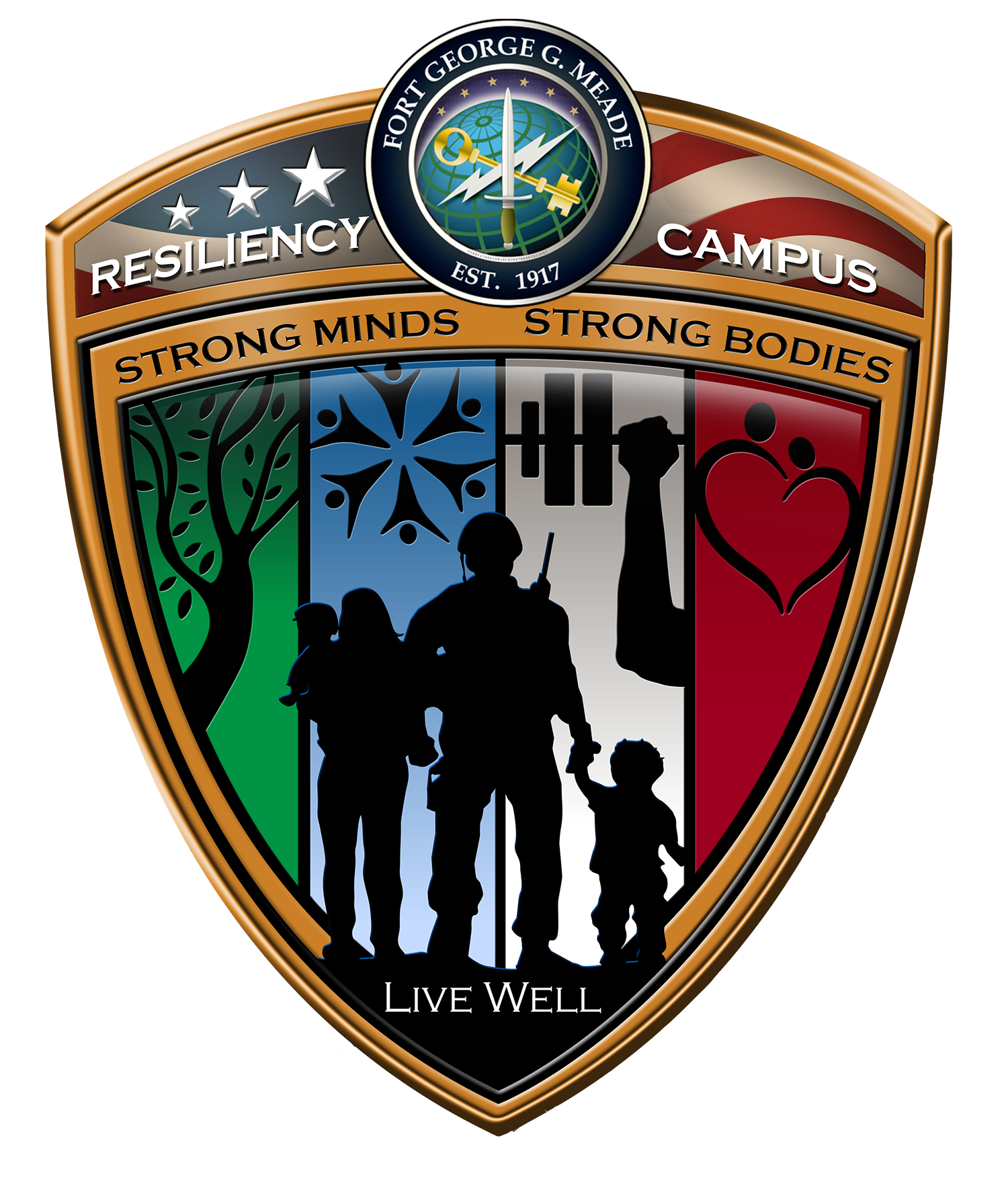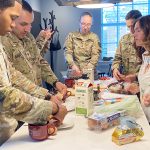The Fort Meade Alliance held its first Nutritional Cooking Class providing healthy nutritional guidance for service members.
Dr. Shari Youngblood, an instructor for the Maryland University of Integrative Health, showed five soldiers from the 704th Military Intelligence Brigade on how to make a “Meal in a Mug.” The soldiers made healthy omelets for the main course and followed up with a natural but sweet oatmeal dessert.

This “beta testing group” was the first of many regular classes that will be hosted by the FMA in the demonstration kitchen at the Education and Resiliency Center at Kuhn Hall. These workshops will help participants navigate around obstacles such as limited cooking supplies, minimal kitchen space, barebone appliances and tight budgets so that cooking healthily is less overwhelming.
Standing on the shoulders of one of the five pillars of resiliency — physical — we believe achieving proper nutrition is one of the cores of holistic health.

Workshop #1: Meal in a Mug
GOAL: TEACH PARTICIPANTS HOW TO PREPARE HOMEMADE MEALS USING NOTHING BUT A MUG, VERY FEW UTENSILS AND A MICROWAVE
The objectives are to educate participants about:
• The role of real food in their overall health and wellbeing
• The difference between whole foods and processed foods and how each affects their body
• How to squeeze more whole foods into their diet
• How to come up with variations for the mug recipe we make in class
Workshop #2: Healthy Meal Planning on a Budget
GOAL: TEACH PARTICIPANTS HOW TO PLAN, SHOP FOR AND PREPARE HEALTHY MEALS ON A LIMITED BUDGET
The objectives are to educate participants about:
• How to determine a food budget
• How to create a one-week whole foods meal plan while staying within their food budget
• How to create a shopping list based on the one-week meal plan
• How eating at home helps them not only to stay within a budget, but ensures they’ll be feeding their families in a more healthful way, too
Workshop #3: Smart Shopping
GOAL: TEACH PARTICIPANTS HOW TO SHOP FOR HEALTHY FOODS ON A LIMITED BUDGET
The objectives are to educate participants about:
• How the store layout can affect their buying choices
• Reading and understanding package labels
• Shopping for seasonal produce
• The differences between whole foods and processed foods
• Unit pricing and shopping in the bulk food section
• Simple and affordable alternatives to common processed foods








